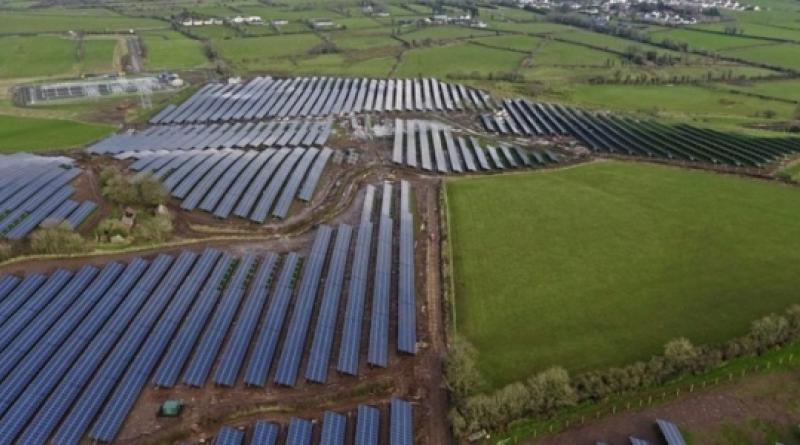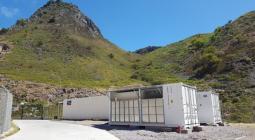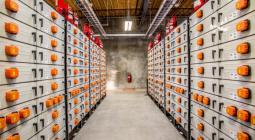Building The World’s Largest Solar Storage System.

Over the past year, several companies have outlined plans to build solar-and-storage systems around the world—from Australia to Arizona and to the heart of the Permian oil patch in West Texas.
As battery and renewable power generation costs continue to fall, utilities aim to combine solar farms with battery storage as a way to boost predictability of renewable energy generation. So power generation firms have launched an unofficial global competition for who will build the world’s biggest solar-and-storage facility.
Analysts and scientists have recently suggested that hybrid renewable power generation systems—where batteries are co-located with wind or solar farms—could be the future of clean energy and could even displace some of the old natural gas-fired plants.
Retiring fossil fuel generation is one of the goals with which Florida Power & Light Company, a subsidiary of NextEra Energy, unveiled last week plans to build what it says will be the world’s largest solar-powered battery. It will replace 1,638 megawatts (MW) of generating capacity of two aging natural gas power generating units with clean and renewable energy.
The battery will be charged by an existing, co-located solar power plant and the storage center will increase the predictability of solar power, providing energy when the sun is not shining, Florida Power & Light Company (FPL) said. The energy storage center will have 409 MW of capacity and is scheduled to come on line in late 2021. This capacity will be equal to some 100 million iPhone batteries.
“This is a monumental milestone in realizing the full benefits of solar power and yet another example of how FPL is working hard to position Florida as the global gold standard for clean energy,” Eric Silagy, president and chief executive officer of FPL, said in a statement.
The Florida solar-and-storage project is the latest of a series of plans around the world for development of such renewable generation systems, where battery storage helps to provide solar energy when the sun is not shining.
Earlier this year, IP Juno, a unit of Intersect Power LLC, outlined plans to build a 495-MW storage system together with a solar farm of the same size in Borden County, a small community in West Texas in the very heart of the most important U.S. oil field, the Permian.
According to John Deutch, an Institute Professor at MIT, thanks to continuously declining costs, a hybrid renewable electricity generation system that combines wind, solar, and storage could become competitive with the cheapest fossil fuel electricity in the United States—combined-cycle natural gas generation.
According to a BloombergNEF (BNEF) analysis published last week, the benchmark levelized cost of electricity (LCOE) for lithium-ion batteries has declined by 35 percent to US$187 per megawatt-hour since the first half of 2018.
Cost improvements in lithium-ion battery technology create opportunities to balance a power generation mix where the share of renewable energy is significant, according to BNEF analysts.
Moreover, batteries co-located with solar or wind projects begin to compete with coal- and gas-fired generation in many markets without subsidies, when it comes to dispatching power when the grid needs it, BNEF says.
“Solar PV and onshore wind have won the race to be the cheapest sources of new ‘bulk generation’ in most countries, but the encroachment of clean technologies is now going well beyond that, threatening the balancing role that gas-fired plant operators, in particular, have been hoping to play,” Tifenn Brandily, energy economics analyst at BNEF, said, commenting on the analysis.
1 April 2019






